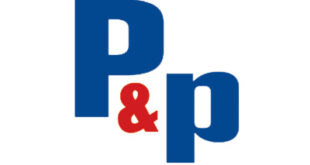 Coloreel’s sustainability operations have now been now quantified and third-party verified, revealing that water consumption is reduced by 97% compared to traditional dyeing methods.
Coloreel’s sustainability operations have now been now quantified and third-party verified, revealing that water consumption is reduced by 97% compared to traditional dyeing methods.
Coloreel uses one single white thread to create millions of colours and intricate patterns. It unlocks new design possibilities, while providing environmental benefits. By dyeing a 100% recycled polyester thread in real time, water consumption is reduced by at least 97% compared to traditional dyeing methods. In addition, the technology significantly reduces thread waste.
Mattias Nordin, sustainability manager at Coloreel, said: “When Coloreel launched its ground-breaking technology for digital thread dyeing, the aim was to streamline an embroidery industry characterised by slow processes, difficulty in creating complicated designs and an excessive use of resources.”
The company has now published both a complete life cycle analysis (LCA) and an environmental product declaration (EPD) in the international database Environdec. Both documents are verified by a third party, the Swedish consulting company Miljögiraff.
Through the documentation, a comparison can be made between Coloreel’s technology and one of the world’s leading thread manufacturers. The public sustainability report shows that traditional thread dyeing produces 50 times more wastewater than Coloreel’s direct dyeing does.
Mr Nordin added: “We have known for a long time that our technology gives a significant environmental advantage. Having it verified by an independent third party is of course important for our continued work. But for us, that’s not enough. We are currently focusing on further reducing the amount of energy and ink used in production.”
 Printwear & Promotion The Total Promotional Package
Printwear & Promotion The Total Promotional Package



